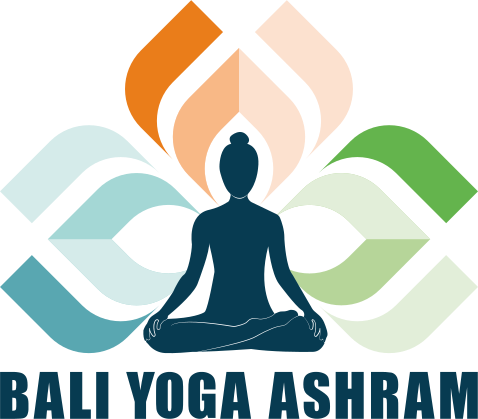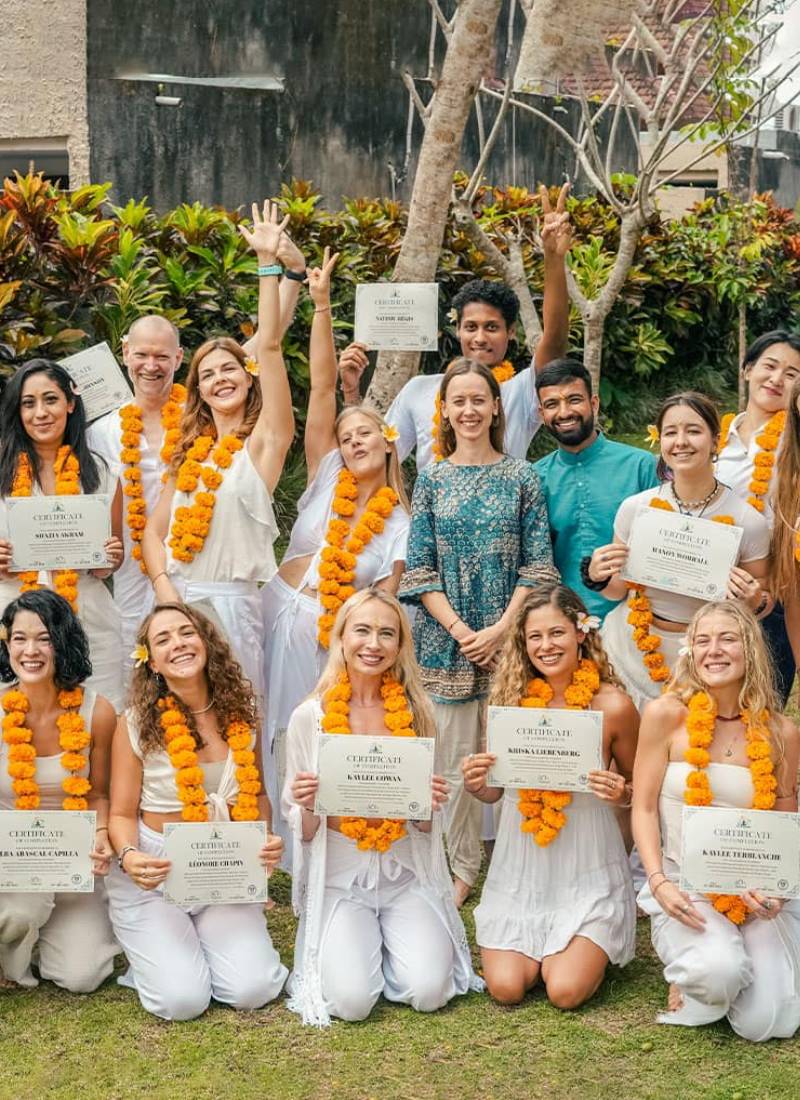Vinyasa yoga is a kind of yoga that focuses on a sequence of poses that you may transition between with ease by coordinating your breath and movement. Amazingly, vinyasa yoga poses are transitioned into during the inhaling phase. Besides changing it, each pose will be held for a few breaths.
On the other hand, the Sanskrit origin of Vinyasa means “movement with breath.” The term Flow Yoga is also used to refer to this form of yoga. Every potential registered yoga teacher should master it as a fundamental approach to that field. After all, it enhances blood flow in the body and mood elevation.It reduces accidents and thus fewer incidences due to fatigue related over-exercising taking place.
Unlike other yoga styles, Vinyasa yoga teacher training offers a variety of poses that provides practitioners with a diverse and beneficial experience. So friends we’ll be providing you with a clear and concise guide meant for both students and yogis practicing Vinyasa yoga; hence stay tuned!
Historical Significance of Vinyasa Yoga
In contrast to Hatha Yoga, which comprises movement exercises that not only serve the regulation but also the cleansing of vital force or energy in the body, Vinyasa Yoga primarily aims to purify the body. It’s the application of Hatha yoga to one’s physical well-being. Vinyasa yoga practice has been done for decades now with Tirumalai Krishnamacharya teaching since the 1900s.
Another name for Tirumalai Krishnamacharya was “Father of Modern yoga” whom lots of teachers learned a brand new kind of yoga known as Vinyasa Krama from him. Krama refers to order or method. Furthermore, vinyasa krama is a type of yoga performed by following one posture into another in sequence.
According to Tirumalai Krishnamacharya, one can set or change the Vinyasa Yoga sequences according to personal needs. He also described how to maintain the balance between the different poses. One of his disciples was B.K.S. Iyengar, the second was Pattabhi Jois and his son, T.K.V. Desikachar.
Sri Tirumalai Krishnamacharya found that the practice of vinyasa yoga gives the body focus and your mind a rest. Following the benefits of this kind of yoga he started teaching yoga to people based on his opinion that illness causes less physical problems than mental pressure.
Benefits of Vinyasa Yoga
Some of the Vinyasa yoga benefits are as follows:-
Physical Benefits
- Reduce the risk of high blood pressure
- Lowers the sugar level
- Prevents heart diseases
- Helps in weight loss
Mental and Emotional Benefits
- Better mind and body balance
- Removes stress
- Improve mental health
- Relaxing and calming nature
How to Perform Vinyasa Yoga?
Among various types of yoga classes, Vinyasa yoga is suitable not only for beginners but also for those who are already professionals. Well, let us now have a look at the process of performing Vinyasa yoga:-
For Beginners
Step 1
Before moving on, you will start with the plank. Taking the plank pose, begin by stretching your legs to the end of the mat while securing your palms on the opposite end. If the plank position seems to be way over your level then you don’t have to be worried about it at all, as you can put your knees on the floor any time you want when you don’t feel okay with the position.
Step 2
Now, maintain the plank position for exceptional Vinyasa yoga style and hold it for the specified time. Make sure your entire body is kept in a straight line.
Step 3
Following this, extend your arms overhead and exhale as you simultaneously lower your chest, knee and chin to the floor while arching your hip. Another point I would emphasize is that your elbows should be held in to minimize extra movements when doing this.
Step 4
Now our task is to do a pose of a cobra. This should be done in the manner of a slow motion lowering of the hips as you start inhaling, then the chest lifting. Slightly lower your pelvis while ensuring your elbows plant firm on the floor/yoga mat. Through this step, your body will be inclined at an angle.
Step 5
We’ll continue to the cobra pose, followed by a movement on to the downward-facing dog pose. While doing this, you have to blow the air out. Now curl your toes while straightening your arms and send the energy through your arms back to the downward-facing dog pose.
For professional
Step 1
Get into the plank position. The steps are mentioned above in Vinyasa yoga for beginners.
Step 2
Let’s get started with chaturanga dandasana. You have to do so by inhaling and while at it, bend your arms at a certain angle before lowering your whole body. Your elbows and shoulders should be parallel, your whole body being a few centimeters away from the mat, of course, only your hands and feet touch it. Your body should be placed along the string line.
Step 3
Make a transition to the upward-facing dog pose. For this, you have to lower your hip while inhaling and lifting your chest.
Step 4
The transition from a chest opening, upward facing dog pose to a chest decompressing, downward facing dog pose will come next. To do this, you should hold your breath for the time you prefer.
Step 5
After that, curl and straighten your toes as well as your arms and push back one more time to come to the dog pose. As you move on to be in the downward facing dog pose notice that your hands should be approximately shoulder-width apart with the feet reaching hip-width.

